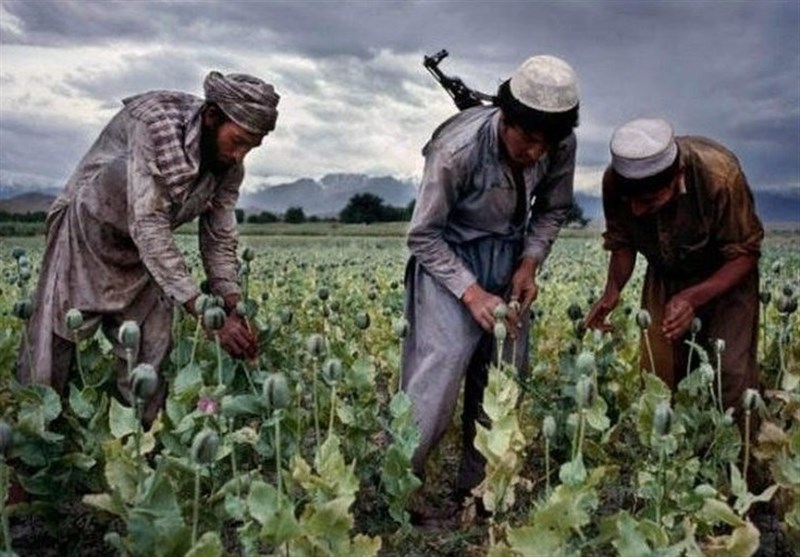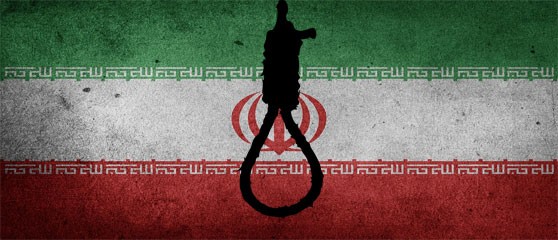In 2000, the Taliban were in power and due to the official ban on opium cultivation, the world market fell by 65%. Even then, the Taliban tried to achieve recognition of their regime by the international community and distanced themselves from opium production. Then-Taliban leader Mullah Mohammed Omar declared that “growing opium is un-Islamic” and anyone who grows it should be severely punished. But in 2001 the Taliban lost power and production began to grow again.
During the period of US rule, several active anti-drug campaigns were carried out, including from 2005 to 2008, US forces sprayed chemicals over poppy fields, which led to a significant deterioration in the lives of local communities, as well as major problems in relations between Kabul and Washington. Read more about this in the material on the TalkingDrugs portal).
But having spent more than $9 billion in total over 20 years on the fight against drugs in Afghanistan, it is clear that their production has only increased significantly over the years.
According to a Congressional Research Center report obtained by CNN, the budget for the US Bureau of Narcotics Control in Afghanistan during George W. Bush’s presidency grew from $3.7 billion in 2004 to $16.8 billion in 2008. However, in 2009, Richard Holbrooke, special The US envoy to Afghanistan and Pakistan called the US counternarcotics program “the least effective program of all time.” Thus, the harsh US policy of eradicating opium poppy crops, which primarily hit poor farming communities, “led the local population to full support for the Taliban,” experts concluded.
In 2020, even amid the coronavirus pandemic, the area under opium poppy cultivation in Afghanistan increased by 37%. As Meduza writes, the Taliban, according to experts from the UN, earn money both by growing poppies in their own fields and obtaining opium in their own laboratories, and by paying tribute to independent traders for transporting goods across their territory.
In addition to heroin, the Taliban began to make money from the production of methamphetamine. If in 2014 only 10 kilograms of Afghan methamphetamine were seized around the world, then in the first half of 2019 alone, 650 kilograms were seized. At the same time, according to the UN, in 2020, more than 60% of methamphetamine laboratories were located in territories controlled by the Taliban.
According to international organizations such as NATO, the Taliban profit from more than just drug production. As Radio Free Europe writes, NATO experts note the diversification of the Taliban’s income: over the previous fiscal year, the Taliban earned $1.6 billion. Of these, 416 million came from the drug trade, another 450 from mining, and 160 from tribute collected by the group from legal traders in the territories under its control. During that period, the Taliban received another 240 million from their sponsors, mainly from Pakistan and the Gulf states. This new distribution of income, according to experts, makes the Taliban less dependent on the position and pressure of the international community.
Despite the fact that the Taliban are on the path to financial and political independence, they are unlikely to seriously begin the fight against local opium producers. According to British expert Jonathan Goodhand in a commentary for Agence France-Presse, a real abandonment of drugs could lead to a conflict within the Taliban itself. On the one hand, the Taliban want to show that they are ready for dialogue with the West, and giving up drugs is a good way to do this. On the other hand, the expert emphasizes, this will hit farmers hard in the key provinces of Helmand and Kandahar for the Taliban.
***
Follow updates on our TalkingDrugs Telegram channel in Russian.


